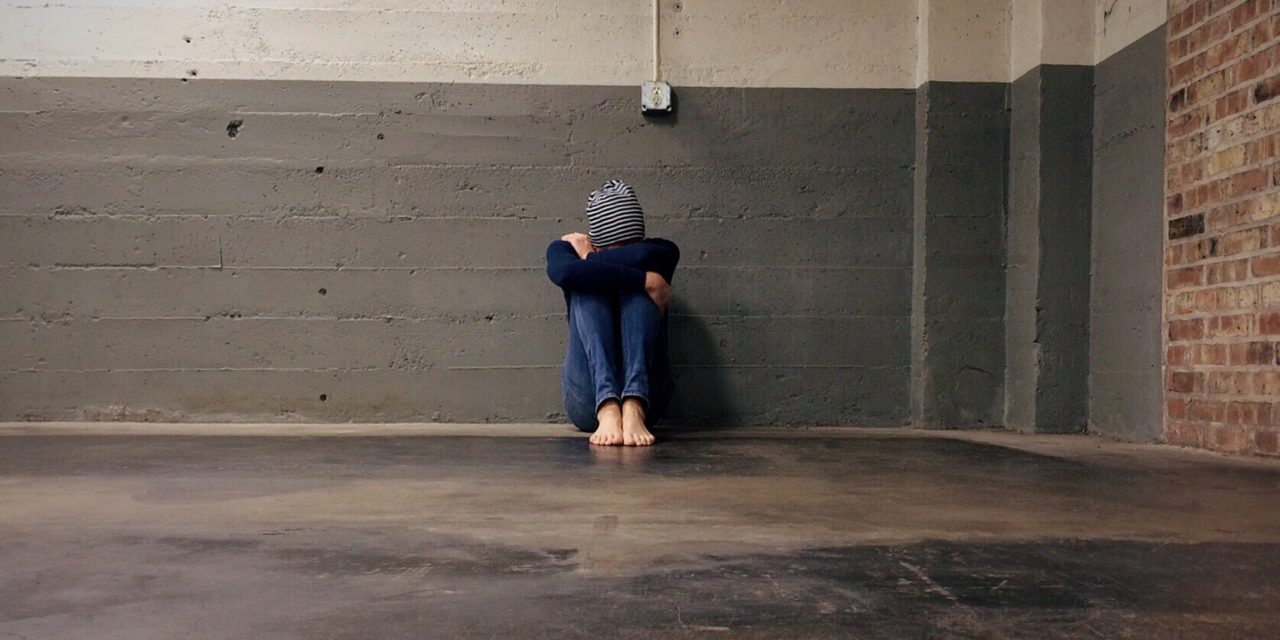A very real possibility of an unprecedented rise in “death by despair”
After COVID-19, we will most likely witness a surge of mental and behavioral health cases, including substance abuse and addiction problems, that will dwarf the opioid crisis | by Gary Blackard
Humanity is facing a crisis unlike any in recent memory. The coronavirus is pernicious, it is insidious, and it is deadly. The uncertainty surrounding the pandemic—how long it will last and how severe it will ultimately be—makes it worse. But there are some certainties, some things that we can expect, predict and prepare for.
After COVID-19, we will most likely witness a surge of mental and behavioral health cases, including substance abuse and addiction problems, that will dwarf the opioid crisis and strain communities throughout the nation.
Working with those struggling to overcome addiction requires compassion, patience, empathy, and determination. This is the definition of every church’s mission. In the era after COVID-19, how we choose to care for those struggling with mental health and substance abuse dependency will determine how many lives we save, how quickly we recover, and how future generations will define us.
How bad can the coming crisis be? Immediately following the Great Recession, suicides rose by 13%, and were attributed to skyrocketing unemployment.[1] Over the past weeks, Americans have filed the highest number of unemployment claims in U.S. history, more than double the size of the entire population of New York State, which is currently 19.45 million.
Anxiety, loneliness, personal loss, job loss, financial ruin and an uncertain future are often precursors to both mental illness and substance abuse. The virus is creating the perfect storm for an already vulnerable demographic. The current economic shutdown posits the very real possibility of an unprecedented rise in “death by despair.”
We are already seeing signs of the increasing mental health burden individuals are feeling across the country. The Department of Health and Human Services reported an 891% increase in calls to the Substance Abuse & Mental Health Services Administration’s (SAMSHA) crisis hotline between March 2019 and March 2020, with a 338% increase from February to March 2020[2] alone. Legal sales of alcohol and marijuana in March 2020 have skyrocketed.
Those of us working in the addiction space recognize the strengths of churches and our faith-based community, along with other types of treatment and recovery programs. Our collective resources will be stretched. Together, we must look for ways to reach the expanding need.
According to research by Haiden Huskamp[3], only a small proportion of people with a substance use disorder (SUD) receive treatment. The shortage of SUD treatment providers, particularly in rural areas, is an important driver of this treatment gap.
Telemedicine could be a means of expanding access to treatment. By implementing evidence-based long-term solutions to these problems, utilizing better technology that will take “virtual care” to the next level, and using both predictive and prescriptive technologies to leverage artificial intelligence, telemedicine, deep learning and precision treatment, we can increase recovery capabilities.
Addiction service providers need to figure out how to put hope truly within reach of those who need it most. This includes our faith-based partners, churches, who minister regularly to those in need within their communities.
It is every provider’s responsibility, regardless of approach or affiliation, to recognize and address the underlying issues with which every person suffering from addiction struggles—questions of identity, worth, value, and purpose. Our centers and their successes suggest that these answers can be provided by a faith solution. Churches are uniquely equipped to address those underlying issues. Working with the other health and addiction specialists in the community, faith can be a critical component of care.
The challenge to every church today is to recognize the life-long recovery and personal resilience that results from a faith solution, and to expand ministries so the results can occur in every community.
[2] https://www.cnn.com/2020/04/10/us/disaster-hotline-call-increase-wellness-trnd/index.html
[3] https://www.healthaffairs.org/doi/10.1377/hlthaff.2018.05134






